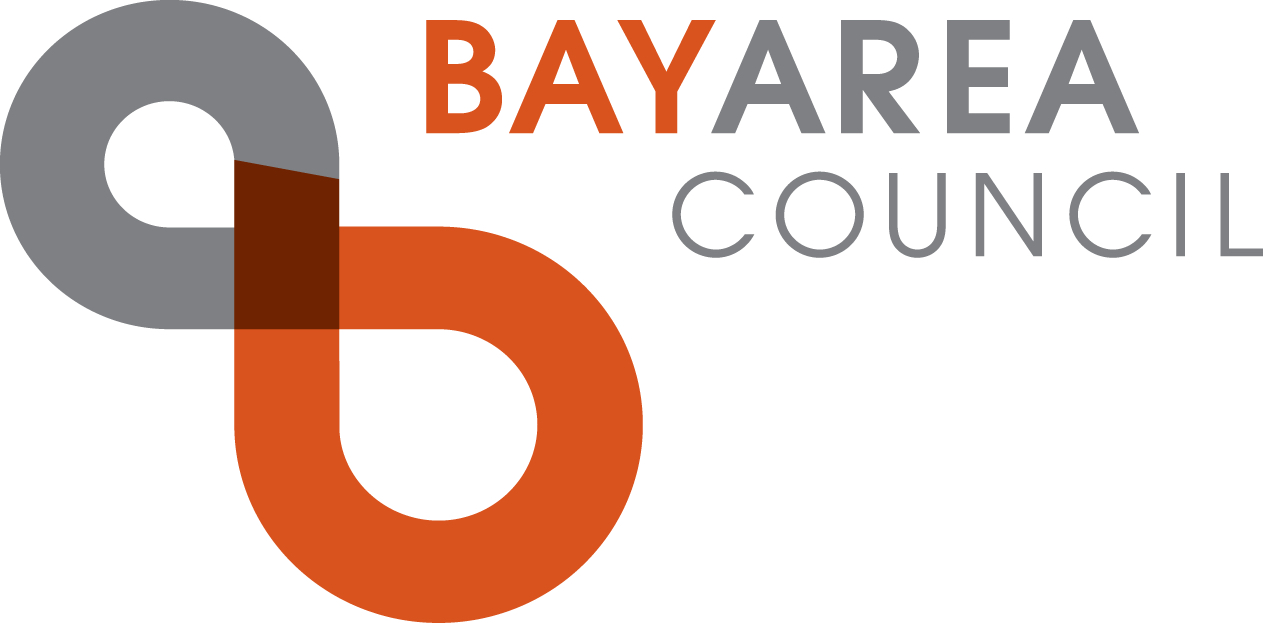Bay Area Council Brokers Agreement with SF Supervisors to Keep Commuter Shuttles Moving
The Bay Area Council today (Feb. 23) announced an agreement that will ensure the continuing operation of commuter shuttles in San Francisco that remove an estimated 2 million car trips a year from the region’s congested roads and highways and provide an important alternative to overcrowded public transit. The agreement comes following negotiations held over the past several weeks between the Bay Area Council, which is representing many of the companies and universities that operate the shuttles, and San Francisco Board of Supervisors President London Breed and Supervisors David Campos and Norman Yee. The Board of Supervisors unanimously approved the agreement.
“This agreement is a victory for traffic relief and the environment by reducing carbon emissions,” said Jim Wunderman, President and CEO of the Bay Area Council. “We recognize the leadership of the Board of Supervisors for putting the transit needs of San Francisco residents first and working with employers to keep the shuttles rolling. With appropriate regulation, the commuter shuttles program represents just the kind of innovative solutions that our region so badly needs as we battle growing congestion and work to improve a public transit system that is bursting at the seams.”
The agreement supports San Francisco’s long-held Transit First policy and allows for the reasonable regulation of the shuttles to reduce conflicts with public transit, minimize impacts on neighborhoods, ensure public safety and enforcement and impose fees on the operators to avoid any cost to taxpayers. Separately, shuttle opponents this week (Feb. 22) withdrew their appeal of November 2015 decision by the San Francisco Municipal Transportation Authority (SFMTA) that made the shuttles program permanent.
The Bay Area Council helped develop the commuter shuttles program after years of discussion among companies that provide shuttle service and the city failed to produce results. The Council convened many of the companies and over the course of a year worked to provide the SFMTA with the data it needed to design an innovative pilot program for testing how the shuttles could best co-exist with the city’s other transportation systems and reduce their impact on neighborhoods.
In August 2014, the SFMTA launched the 18-month Commuter Shuttles Pilot Program to gather more data about the commuter shuttles system. The $1.5 million program was paid for by shuttle vendors. The program formed the basis for the permanent Commuter Shuttles Permit Program, which was approved by the SFMTA board November 2015.
The shuttles program serves an estimated 8,500 employees and students, providing 17,000 one-way passenger trips every day. Changes stemming from the pilot program helped reduce by 35 percent the number of conflicts between city buses and the shuttles that use MUNI stops to pick up and drop off passengers. Surveys conducted during the pilot program also found that without the shuttles almost 50 percent of employees would to turn to automobiles for their commute. Just 5 percent said they would move closer to their work.
A survey the Bay Area Council conducted in January 2016 found that 62 percent of San Francisco voters supported letting shuttles operate in the city and 83 percent were in agreement that shuttles are helping get cars off the road, relieve traffic congestion and reduce air pollution.
Under the agreement the Bay Area Council reached with the Supervisors, the program would include the following elements:
- One year program with 6-month review
- Shuttles would maintain access to 125 MUNI stops currently in use
- Imposes vehicle size restrictions on smallest streets
- Cost-recovery fee for program management, enforcement and administration
- Provides funding for bus, pedestrian and bicycle safety improvements
- Increases vehicle emissions standards to further reduce pollution
- Increases enforcement
- Improved data sharing with SFMTA
- Commits to labor harmony
- Explores potential efficiency gains, including a hub model
- Monitors air quality and addresses significant increases in stop events at individual locations




